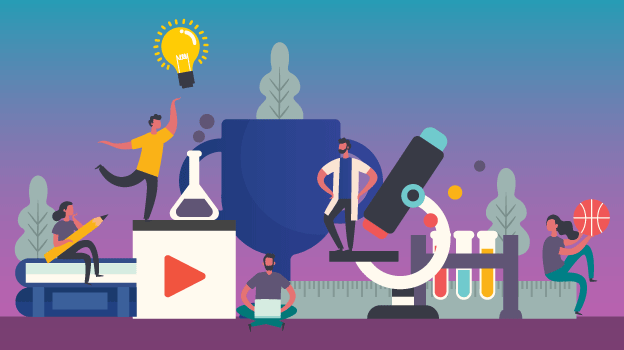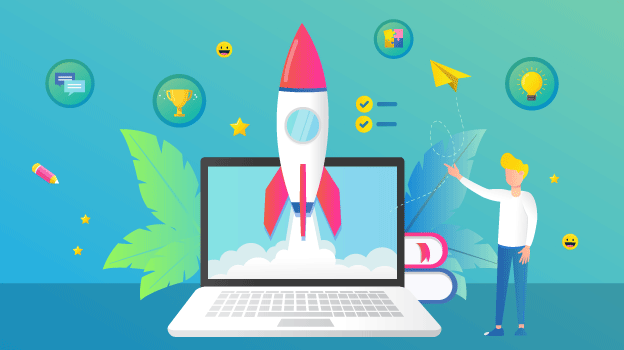
6 Tips for making the most of edtech exhibitions
Annually, an edtech conference can draw in hundreds if not thousands of exhibitors and as many as 30,000 participants! On the flipside, it also means that teachers, edtech specialists or principals can easily get overwhelmed by the number of edtech tools and new information. So besides packing their bags, laptops, agendas and passports, teachers can do a little extra something: their pre conference homework. In order to get the most out of your time, here are some steps to help you navigate the exhibition area like a pro:
-
Make a list of goals for your school
Why are you attending the exhibition in the first place? Setting goals might seem overwhelming, especially since there are many needs to take care of and it’s hard to prioritize. The easiest way is to look at what needs to change in order to improve your daily teaching such as minimizing the time it takes to grade essays.
-
Plan for the exhibition as well
There are hundreds of exhibitors and little time to visit them all. The best strategy is to prioritize according to what is most important for you. The conference website usually has a list of vendors, and you can use filters such as K-12, LMS, whiteboards, and so on to get an idea of what to see first and what is simply not relevant for you.
-
How will this work for your classroom
A product demo isn’t just a nice feature of an exhibition, it is actually necessary for getting a first impression and decide whether it has potential. This step can help schools save a lot of time and energy as exhibiting vendors are already prepared and eager to present their products and answer your questions.
-
Network, network, network
Even if it seems counterintuitive, sometimes the best idea sharing and professional connections happen outside your school. Sometimes the best debates and very interesting discussions happen while standing in line for coffee, at lunch, or just walking from one session to another. In addition, exchanging emails or Twitter handles helps keep the conversation going.
-
Keep the necessary information
Many new and interesting ideas can be lost in a second in the sea of information. A good tip is to go over each brochure at the end of the day and keep what is needed. This should only take a few minutes. Participants can also leave business cards or make stickers with names and email addresses that can be used instead of writing down their details all the time.
-
Post conference follow-up
A great way to stretch that post conference glow just a little bit longer is to organize and sift through notes and any other relevant materials such as flyers. This is the step that can also help you choose which tools to consider next. For example, products can be categorized with the help of a simple list with three columns named: “definitely”, “maybe” and “for the future”.
Visit our Blog for insightful posts on edtech for K-12 and Higher Ed.







